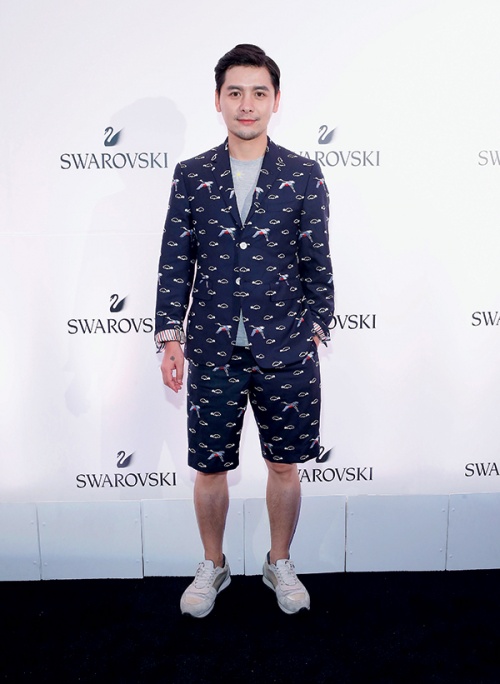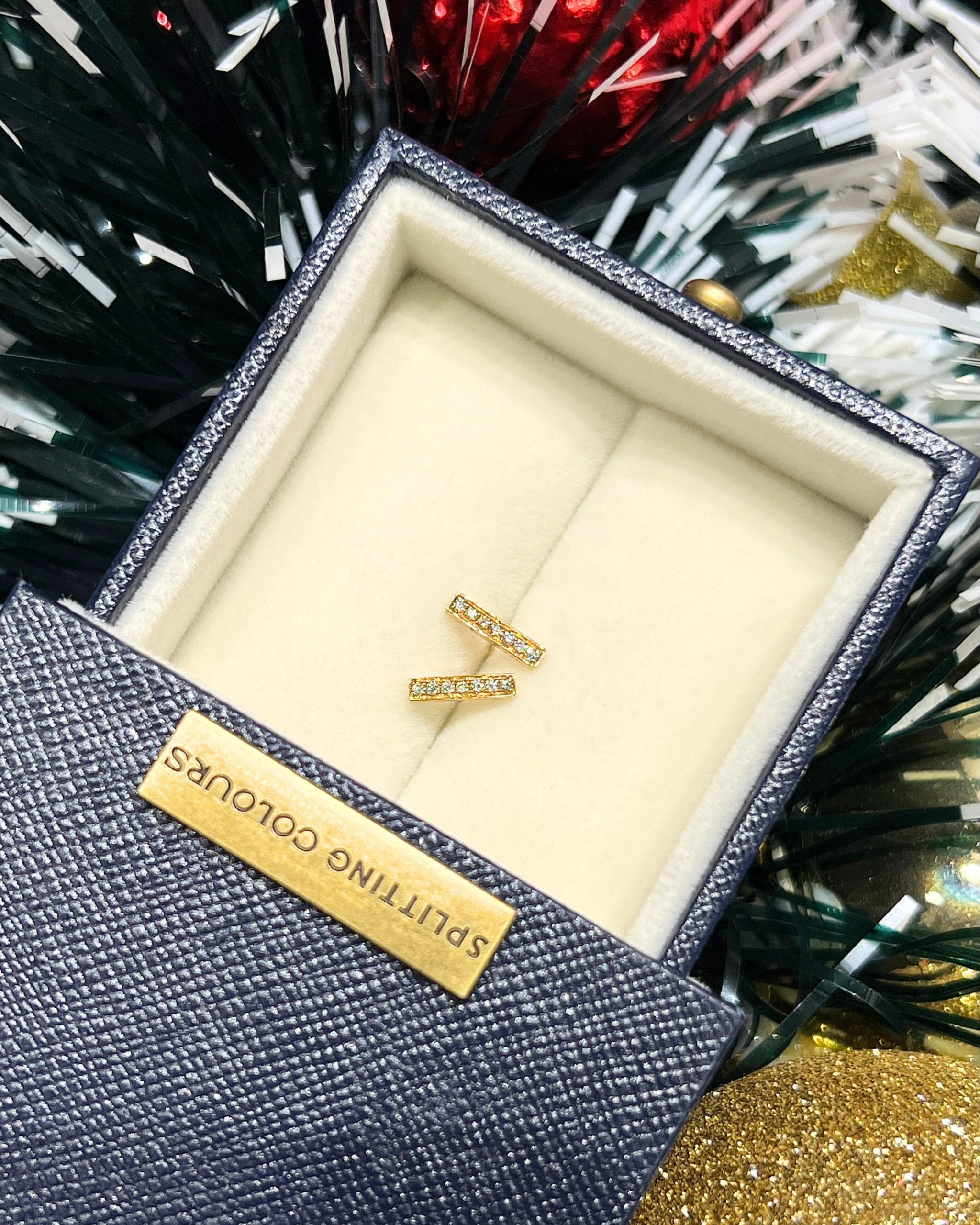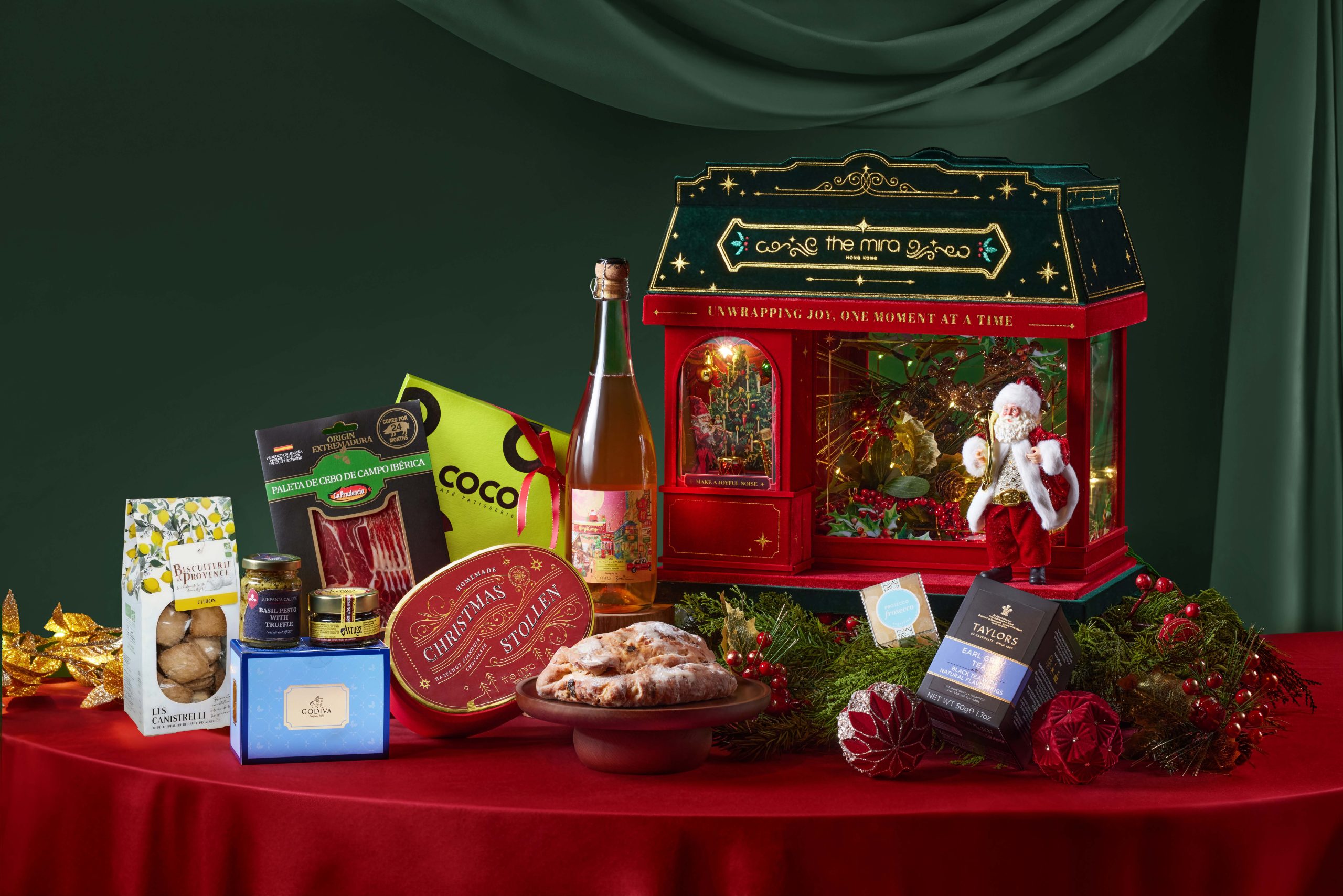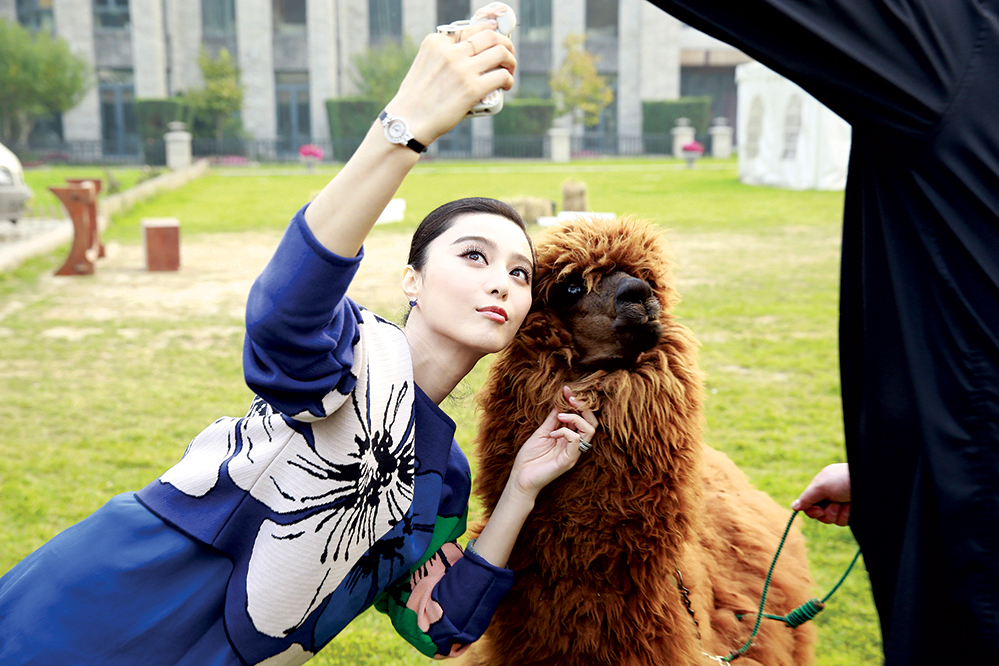
The main players in the short history of modern Chinese fashion could conceivably be assembled in one room – albeit a rather large one. Tycoon Silas Chou demonstrated that it could be done. He regularly holds gatherings in his two-storey penthouse home in Beijing. Influential models, movie stars, magazine editors, photographers and entrepreneurs enjoy the host’s lavish hospitality, which features a groaning buffet, endless champagne, Cuban cigars, a brick-breaking show by a crack kung fu troupe and – the pièce de résistance – the opening of the massive metal doors to reveal a skylight.
It is quite a show and particularly enjoyed by fashion industry players that are passing through, such as Vogue editor Anna Wintour and top photographer Mario Testino. It is an opportunity for the sociable Chou to demonstrate his famed largesse and schmooze with the movers and shakers in the Chinese fashion industry.

But in the age of WeChat and Instagram, even someone with a contact list as long as Chou’s would find it impossible to get together all the influencers under one roof. There are just too many players in the fast-changing social media landscape where almost anyone with an interest in fashion is a blogger and those that accurately capture the elusive millennial zeitgeist can become overnight sensations, accumulating millions of followers in the space of a year. It has left the established names – such as Gogoboi, with his 5 million followers – looking nervously over their shoulders as they are chased by an ever-growing army of influencers who are younger, street-savvier and ruthlessly focused on the pursuit of fame.
The rise of social media tastemakers has also bamboozled international fashion brands which, with a few exceptions, are known for being slow in adapting to social media trends, their staff in mainland China hobbled by the ponderous decision-making process involving middle-aged executives sitting in Milan or Paris. A blogger with a decent shtick, passably good looks and, most important, a keen millennial sensibility can push sales of a particular dress, handbag or shoes in a way that makes marketers drool. That is why they are courted so assiduously, treated with a deference once reserved for fashion-magazine royalty, plied with samples and whisked off to catwalk shows in Paris or, more commonly, exotic places such as Westminster Abbey, Cuba or the host city of the just completed Olympic Games in Rio de Janeiro.
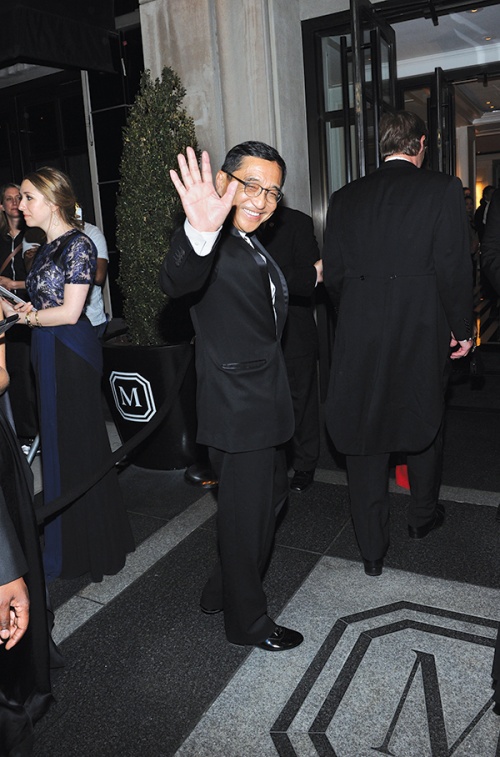
Even on home turf, the guest lists at fashion shows in Shanghai and Beijing have ever-changing demographics. The B-list and C-list bloggers that don’t receive a prized invitation simply stand outside, taking pictures of themselves and posting images that they hope will accelerate their progress to the A-list.
“They are not rocket scientists or philosophers. They are just pretty faces who talk about what they are going to eat and what they are going to do, really babbling,” says a veteran of the fashion industry, Hung Huang, who founded the Brand New China boutique to showcase emerging Chinese designers and was an early supporter of Masha Ma.
“There is a lot of babbling. I would say there are up to 1,000 of them with influence. The big ones would have up to a million or so,” says Hung. “In China, these girls will be more influential. They are young, with beautiful figures, and they like to show and tell. They would call them bimbos in the West. But they sell stuff. There is a huge ecosystem behind it. If you want millennials, these are the people you need. China is very different from the West in the way it operates and the way these things catch on.”
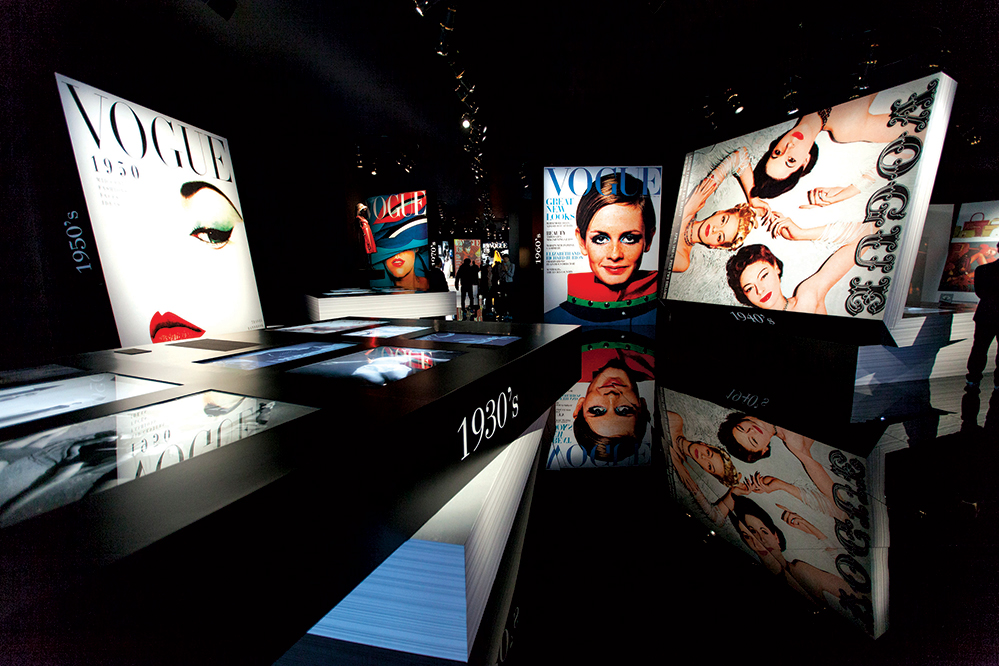
Having a star name associated with your product is almost a prerequisite in the mainland. At the luxury end of the market, megastars such as Zhou Xun, Li Bingbing, Fan Bingbing, Zhang Ziyi and Angelababy pledge allegiance to fashion brands and cosmetics companies in return for sizeable remuneration. The conventional promotion method, appearing in a print advertisement, remains for now, but could be superseded by WeChat and Weibo – both home-grown platforms – and, to a lesser degree, Instagram, which is blocked by the censors. The digital arena offers glorious, risk-free opportunities for bloggers with large followings to compete with the established icons who, despite their stellar curriculums vitae, aren’t getting any younger.
The stars are the main players in the industry and will remain so as long as their movies draw crowds to the multiplexes and, probably just as important, the promotional budgets and a celebrity’s personal brand are decided by white men in suits in Europe. It could be argued that featuring any Chinese actors is progress.

“For a good many years there were no Chinese in campaigns because the brands thought consumers wanted to buy a piece of Europe,” says Tim Coughlan, a real estate consultant who helps brands secure space in high-end shopping centres. “That started to change when Louis Vuitton had Fan Bingbing. Everyone now has a Chinese face for their brand and you have to choose the right spokesperson. The top ones are expensive and there are only a few of them.
“For global brands, getting China right is vital to their growth. Europe is not growing at the moment, a lot of other parts are not growing. China is still where the growth is, or sales to Chinese tourists,” Coughlan says. “It is very fast moving online to offline, where things are being integrated. You can follow Louis Vuitton on your WeChat and start communicating with them through that. Some brands are letting their store staff communicate directly with customers, messaging them on WeChat to say, ‘We have this new bag you would like. Come in and get it’. That is the new frontier of customer relationship management and that is exciting because China is leading.”
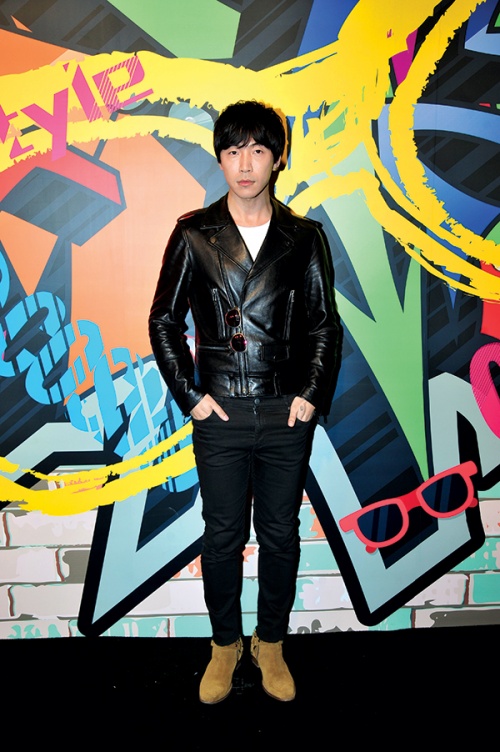
No list of Chinese players would be complete without including WeChat and Weibo as players in their own right. Social media platforms that have totally changed the landscape by being instant communication channels for fashionistas. Cheap smartphones from manufacturers such as Xiaomi also help spread the buzz. An office worker in a third-tier city can now join the fashion conversation as easily as any socialite living in Beijing.
